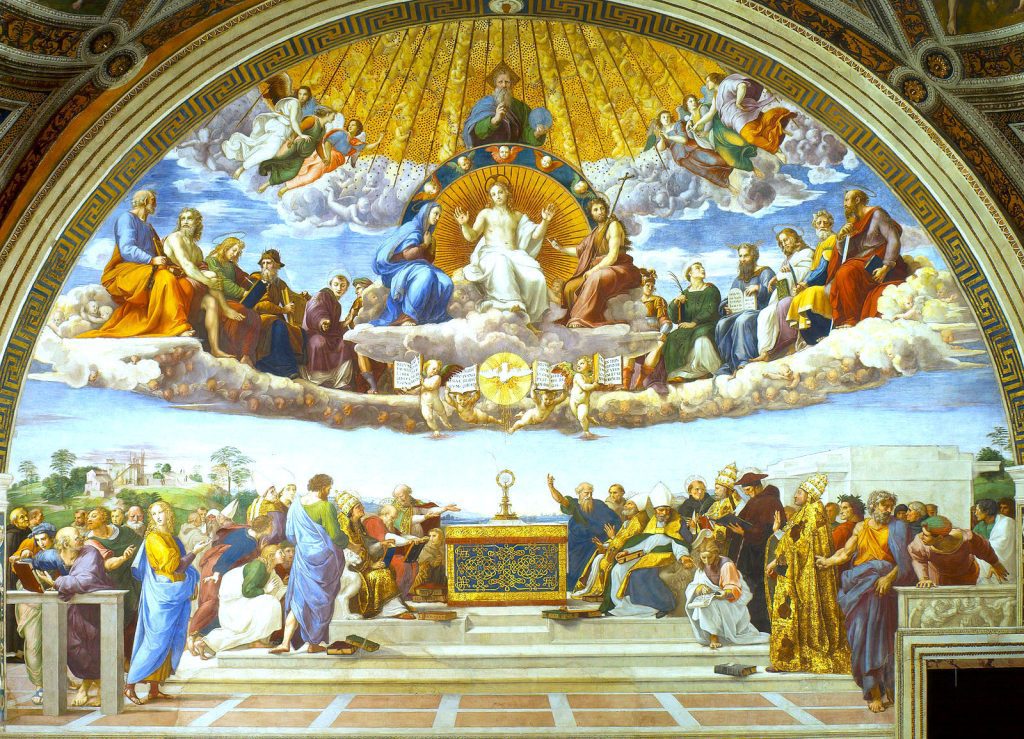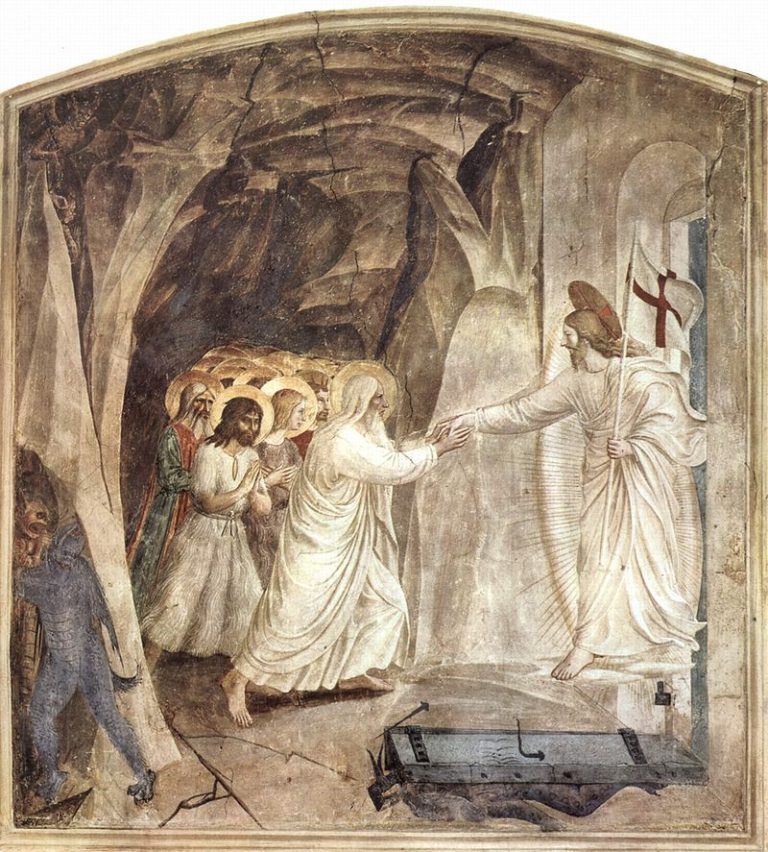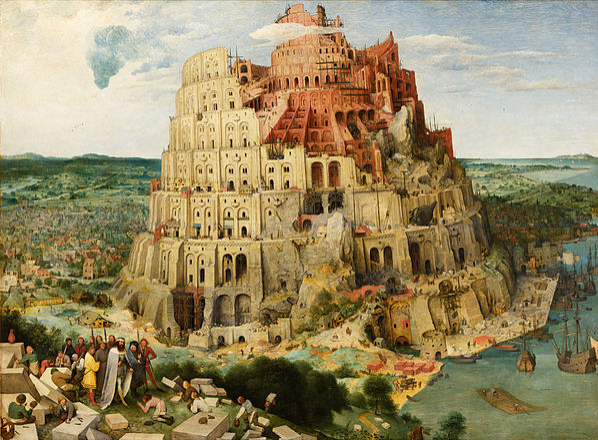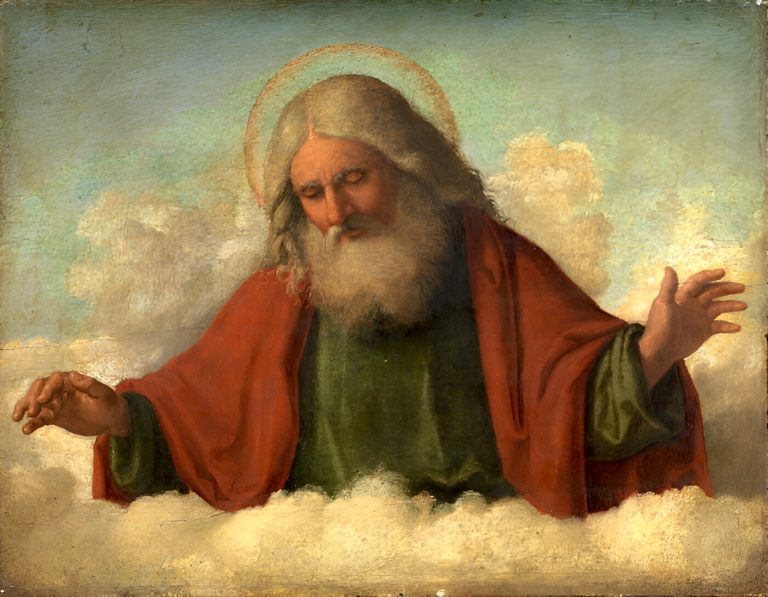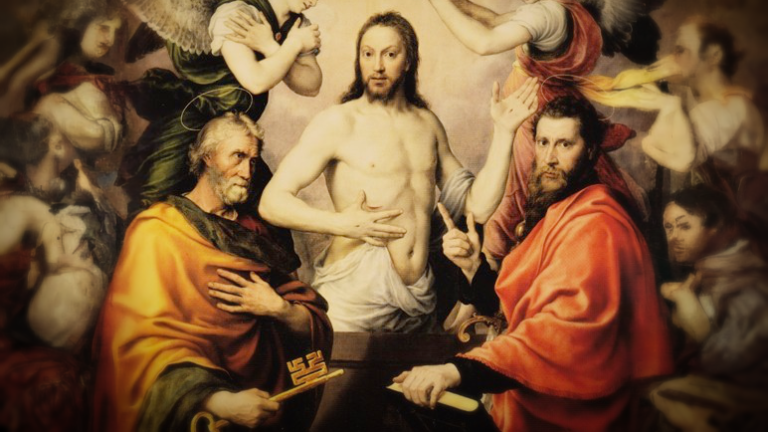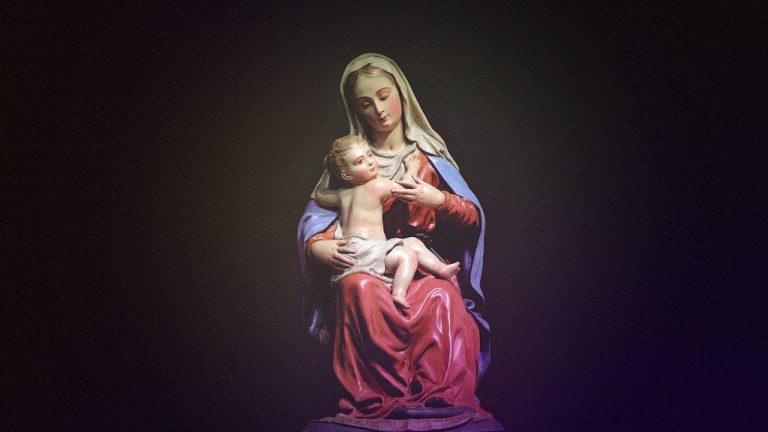The interpretation of today’s reading is one that makes Catholic Fundamentalists think they’ve gotten closer. On the other hand, we might have moved farther away. We can reasonably believe it’s the former. Luke 13 1-9:
“Some people told Jesus about the Galileans
whose blood Pilate had mingled with the blood of their sacrifices.
He said to them in reply,
“Do you think that because these Galileans suffered in this way
they were greater sinners than all other Galileans?
By no means!
But I tell you, if you do not repent,
you will all perish as they did!
Or those eighteen people who were killed
when the tower at Siloam fell on them–
do you think they were more guilty
than everyone else who lived in Jerusalem?
By no means!
But I tell you, if you do not repent,
you will all perish as they did!”
And he told them this parable:
“There once was a person who had a fig tree planted in his orchard,
and when he came in search of fruit on it but found none,
he said to the gardener,
‘For three years now I have come in search of fruit on this fig tree
but have found none.
So cut it down.
Why should it exhaust the soil?’
He said to him in reply,
‘Sir, leave it ,
and I shall cultivate the ground around it and fertilize it;
it may bear fruit in the future.
If not you can cut it down.’”
Catholic Fundamentalists look at the italicized portion of the Reading, especially “for this year also” and conclude that there were three equal periods, all described with the same name: “years”. In each of those periods, God looked to man for those who would be truly faithful to Him. It is clear that He was disappointed. In those three equal periods, symbolized by “years”, He said, “I have come in search of fruit on this fig tree, but have found none. So cut it down.”
The gardener (Jesus) asked Him (The Father) to leave it for one more of those equal periods. Two questions arise. First, “How long is this Divine Year?” Second, “What is meant by “fruit”. The second is the easiest, the “fruit” for which He’s looking is the free sacrifice of an otherwise self-absorbed self to God.
The length of the Divine “year” may be more difficult. We know that Jesus lived in the first third of the first century of the first millennium, very close to 2,000 years ago. Since we are still here, and things do not seem to have changed all that much, we feel that we are in the fourth “year”. Catholic Fundamentalism suggests that it’s still going on because of the gardener/Jesus’s request to the owner/Father: “Sir, leave it for this year also, . . ”
We conclude that each of the three earlier periods has to be at least be as long as the period between Jesus and our own time because the same word for the same time span is used. If so, each of the “Divine Years” must at least be as long as the nearly two thousand years between Christ and ourselves.
We may also reasonably conclude that the beginning of the “first year” of the “three years” was the period that began with the downloading of Adam and Eve, the first human programs, in the Garden of Eden. Between that time and the coming of Jesus that began the “last year”, there were three equal years. The “year” for which the gardener/Jesus asked clearly was to follow the preceding three chronological periods.
With the simplicity that is the hallmark of Catholic Fundamentalism, we simply subtract two thousand years four times and conclude that the initial “year” began with the downloading of the Creation Program about 6,000 BC. A second “year” began in 4,000 BC, the third in 2,000 BC (with Abraham?) and the final “year” started at the beginning of the Christian Era.
If this last “year” in which we live is three thousand years long, then we simply readjust the “year”, and see that The Creation Program was downloaded nine thousand years Before Christ. Such things are of little real importance. The crucial things to understand are that God could have downloaded The Creation Program whenever He wanted, and that He did so in such a way as to make it impossible for us to conclude definitely that He did so, that being the only way to give us the free will that would make our obedience to Him meaningful.
There may be a Catholic Fundamentalist or so who goes down a different road. It is possible to believe that technologically, the three “years” may indicate the Ages of Stone, Bronze/copper, and Iron. The “fourth year” in which we now live may be seen as an Age of Resins that replaced many metals. Since we actually live in an Age of Electron Control, if we are to describe our position by our technology, that only began a hundred years or so ago, making it impossible to have begun with Jesus’s request to “cultivate the ground and fertilize it” (with His Blood).
Despite other possibilities, it seems more reasonable to assume that the “years” are symbols for equal chronological periods from Eden through today, which is the “fourth year”. Assuming that this is the 4th “year”, and that it’s quickly coming to an end, the “years” were about two thousand years long. We may consider that “our year” was preceded by the “third year”, which was approximately the period stretching from Abraham to Christ (about two thousand years). The “second year” may be the time between The Flood and Abraham, and that followed the “first year”, between The Fall in the Garden and The Flood.

